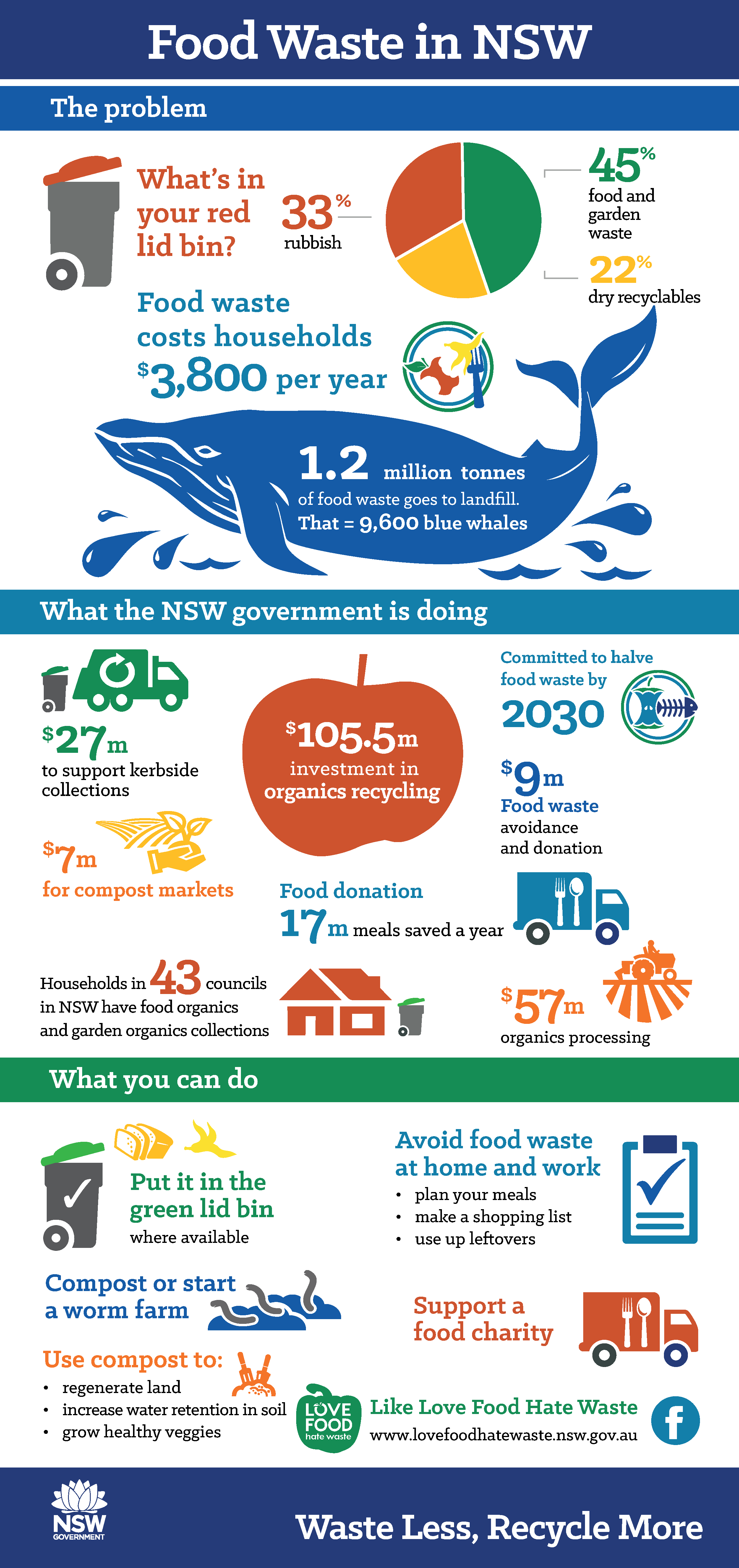At the moment many Ku-ring-gai households are just chucking their food scraps in the red bin and believe it or not, that’s actually a good thing. Red bin waste is sent to Woodlawn where this mix of organic and non-organic material is used to generate electricity and re-habilitate an old mining site. And back in 2017, the EPA valued the Woodlawn concept so much that when I inquired about holding a separate composting trial for Ku-ring-gai, I was discouraged by the EPA as it would cause the Woodlawn bioreactor to cease working to spec.
Somehow things have changed and now in 2022, the EPA’s position is that all councils must implement FOGO (Food Organics and Garden Organics) thrown into the green bin by 2030. Ku-ring-gai is not yet ready to implement this and while some people at other councils have been critical of the delay, I don’t think the criticism is well thought out or justified. There is currently very limited capacity in NSW to support FOGO; it requires facilities that have not yet been built, so Ku-ring-gai will join in when the market develops and the capacity is there. FOGO will likely come at an increased cost to ratepayers due to the complexity of dealing with food contamination in green waste, and in the interim our practice of capturing organic emissions to generate electricity is quite a reasonable one.
There will also be new practices that come along with FOGO, especially for apartment dwellers. At the moment it’s sufficient for many apartments to have red, yellow and blue bins. In the future we will have to add the additional green bin and the concentration of predominantly food organics (only) will be particularly smelly.

